Average sizes and life expectancy for this breed:
Native to Turkey, the Anatolian Shepherd was bred to guard livestock and live a nomadic life with their human companions. Also known as Turkish Moutain dogs, these powerful canines are believed to be one of the most ancient dog breeds, with an ancestry that dates back as far as 6,000 years. The Anatolian Shepherd was developed to survive hot summers and freezing winters, so they are very hardy animals. These large dogs are incredibly loyal to their owners however, they tend to be wary of strangers.
As livestock protectors and guardian dogs, Anatolian Shepherds were developed to live with their herd. As a result, they are adaptable, rugged, and self-confident. They know exactly when to protect or intimidate. These majestic dogs have been working alone for centuries, making independent decisions involving dangers to their property.
When they are puppies, they will adapt to whoever they live with, whether that's a human or a herd of sheep. As they grow and mature, they assume the protector position because they were developed to be possessive and protective.
The Anatolian Shepherd can make a wonderful, devoted companion for the right owners. If you are considering adding one of these dogs to your family, you need to make sure you understand their unique needs and are ready to take responsibility for a large, instinctively protective dog breed.
See available puppies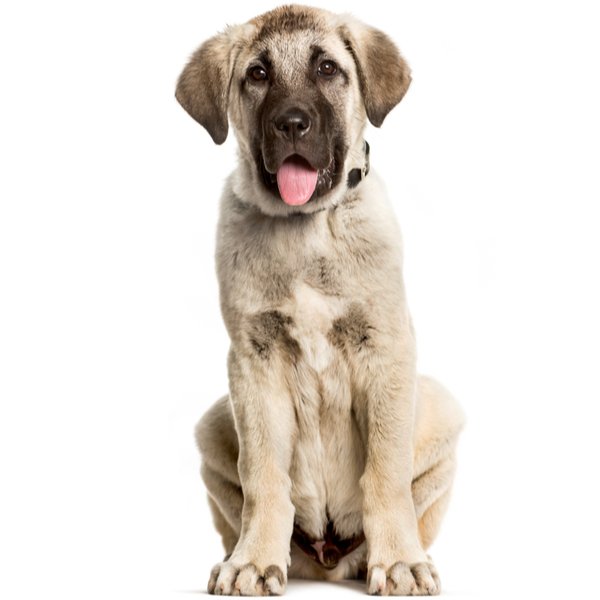




The Anatolian Shepherd was bred and developed to work and live with their master to guard and herd large livestock over rugged terrain. This giant dog is believed to be over 6,000 years old and originated in Asia. The exact origin of the Anatolian Shepherd is still subject to many discussions, but over the years, a lot of regional variations were developed. Many experts believe that this dog descended from what is known as the Kangal dog. They also have their roots in 11th-century Turkey on the Anatolian Peninsula.
At that time, Turkish shepherds needed independent-thinking, strong dogs to help them guard their flocks of sheep and goats. These dogs were called Çoban köpegi, which means “shepherd dogs” in Turkish. The resulting Anatolian Shepherd breed became well known for being tough and resilient enough to stay with their flocks whatever the weather. They were also courageous, bold, and robust enough to stand their ground and beat off larger predators. The reason Anatolian Shepherds come in so many different colour varieties is because they were bred to be the same colour as the animals they were protecting. This was to help them ‘blend in’ so they were much less likely to startle or scare their flocks.
Anatolian Shepherds were so highly prized during that time that when you killed one, you had to pay the owner a certain amount of grain that was as tall as the Anatolian they killed. The amount was measured by hanging the dog by its tail to the ground.
While they lived alongside their owners, Anatolian Shepherds were never really kept as family pets. Turkish farmers were said to have placed a spike-studded collar around their dog’s necks to help them fight off predators. This collar was only added once the dog had proven that it had the skills to protect valuable livestock.
According to stories, this giant dog was occasionally fed by their owners. However, they were mainly expected to find their own food in the form of wild rodents or gophers. They would never attack the herd they were guarding, no matter how hungry they were.
From the 1950s, Anatolian Shepherds were brought to America, often as companions of military servicemen. Over the years, they became popular with American ranchers to protect their own livestock, including goats, sheep, ostriches, and even poultry.
This breed was first brought to the UK in 1965 by Mrs Biernoff after she visited Turkey with her husband David. In 1967, the first litter was registered in the country.
In 1996, the American Kennel Club recognised the breed, and, shortly after, the UK Kennel Club.
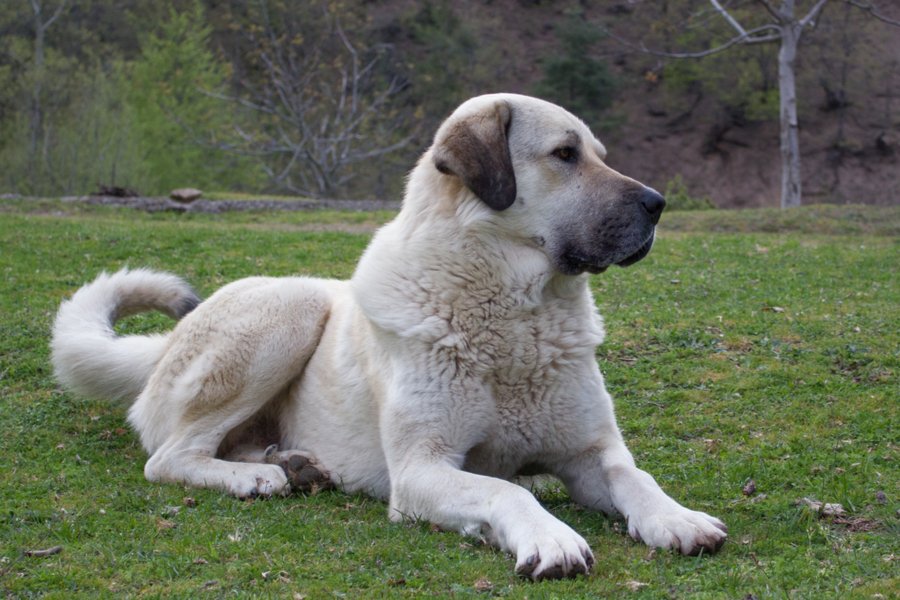
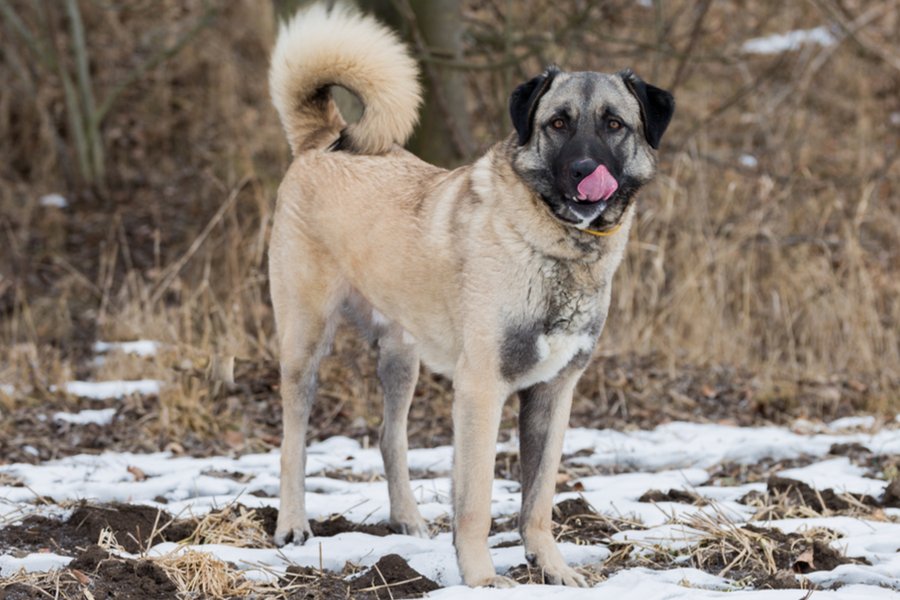
The Anatolian Shepherd is an impressive, towering mastiff-type dog that is powerfully built and well-muscled. They have large, broad heads with a slight crease in between the eyes and a slight stop. Male Anatolian Shepherd’s heads are broader than their female counterparts. Their lips and nose are black.
These dogs have relatively small eyes in relation to their skull. These sit well apart and can be golden to brown in colour with black rims. Their medium-sized ears are triangular and rounded at the tip. They are carried flat against the skull; hanging down when they are relaxed and slightly higher when they are alert. Their strong jaws have a perfect scissor bite.
An Anatolian Shepherd’s neck is well-muscled, powerful, and slightly arched. Their straight front legs are well-boned and set well apart. These dogs have deep chests and well-sprung ribs. Their bellies are tucked up which adds to their powerful and athletic appearance.
Their hindquarters are strong but lighter than their forequarters. They have strong feet with well-arched toes and short nails. Anatolian Shepherds’ have long tails that are set high and carried low with a very minimal wave when relaxed. When the dog is excited or alert, the tail is carried high with the tip curling over the back. This is more prominent in males.
The Anatolian Shepherd’s topcoat is short and thick, while the undercoat is dense and lies flat to their body. The hair around the neck, shoulders, and tail is slightly thicker and longer but without any feathering on the ears or legs. All colours are accepted under the breed standard, except Merle. These dogs can have black masks and ears but not always.
The Anatolian Shepherd is a powerful, calm, and highly protective dog breed. These dogs will protect their ‘pack’ with intensity, which can include adults, children, livestock, and even other pets. While they don’t tend to shower you with affection and cuddles, these dogs do express devotion in their own unique, calm, and steadfast way. They are not known to suffer excessively from separation anxiety. However, they do need an owner that is committed to giving them all the exercise and stimulation they need to thrive.
At home, these dogs are known to be calm and relaxed. However, the Anatolian Shepherd is an independent thinker with a strong territorial streak. So, they can be wary of strange people and other dogs. These canines need a firm, consistent owner who understands their needs and distinct personality traits.
Anatolian Shepherds are not as playful and high-spirited as other dogs. They take their job very seriously! Even as puppies, they are not as “bouncy” as other playful puppies, but this doesn’t mean they don’t have “mad moments” when the mood strikes them. They are not known to big barkers, but they will alert you to an unfamiliar sound or sight. These dogs have a deep, booming bark that can travel a fair distance. So, they are best suited to countryside homes rather than city living.
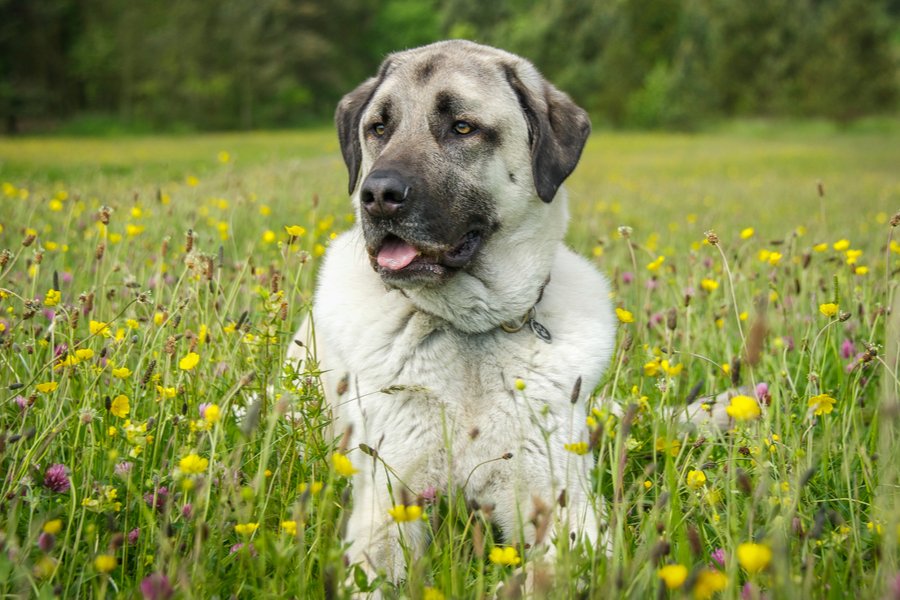
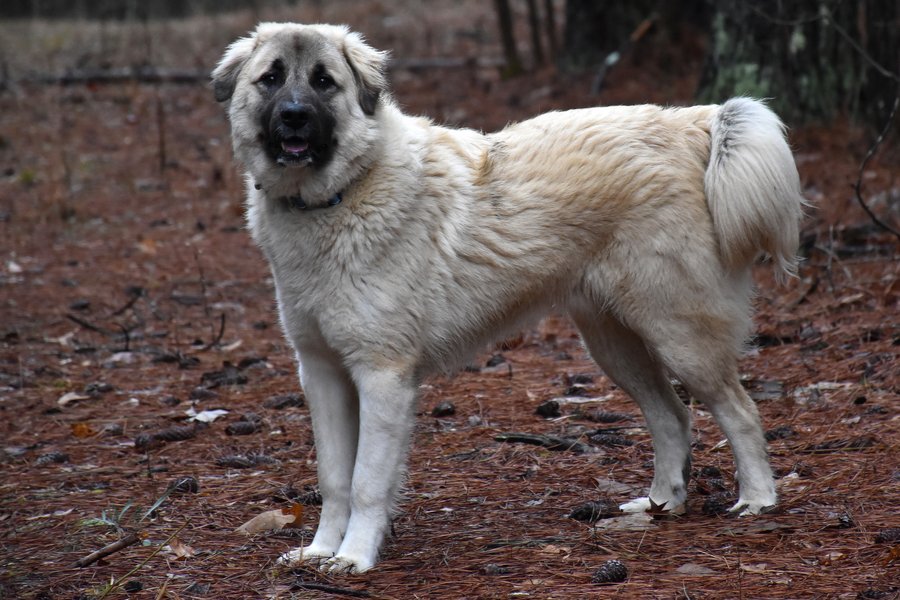
Due to their independent natures, Anatolian Shepherds can be challenging to train. That’s why we cannot emphasise enough how important it is to train and socialize your dog from a young age. Obedience training is essential. You need to be patient, understanding, and consistent to successfully train an Anatolian Shepherd. Positive reinforcement and respect training are the best methods for this breed.
Socialise your Anatolian Shepherd with as many people, new situations, and other animals as possible. This will ensure they grow up to be obedient, adaptable, and well-mannered dogs.
These dogs are not suitable for apartment living. Ideally, they need a large country home with a fenced garden. When out on walks, it’s important to keep your Anatolian Shepherd on a lead because they can be territorial and weary around other dogs.
These giant dogs are naturally clean animals, which makes them low maintenance in the grooming department. A brush once a week should be sufficient. However, they are heavy shedders, particularly in the spring and autumn months. So, you may want to brush them more often during these times. Anatolian Shepherds only need minimal bathing.
Check their ears 1-2 times a week for dirt and wax buildup. You can use a moistened cotton ball with an ear cleanser recommended by your veterinarian to clean them. However, you should only wipe the outer portions of the ear. Never insert anything into the ear canal as this can cause permanent damage. Signs ofan ear infection to watch out for include repeated scratching or shaking of the head, redness, inflammation, tenderness, and a foul odour. It’s important to get your dog booked into a vet clinic as soon as possible if you suspect an ear infection is present these can become much harder to treat if left to fester.
Daily teeth brushing is the best way to prevent tooth and gum diseases and bad breath. But brushing their teeth at least twice a week is adequate to get rid of any tartar and bacteria buildup. Seek advice from your vet on which dental products will work best for your dog.
Trim their nails once or twice a month or as needed to keep them healthy. Bear in mind that very long nails can lead to splitting, tearing, and other health issues. If you are unsure of how to do this, you can seek advice from your vet or a professional groomer.
Lastly, regularly check your dog’s body for any signs of inflammation, wounds, rashes, abnormal hair loss, and swelling. Their eyes must be clear and clean without any redness or charge.
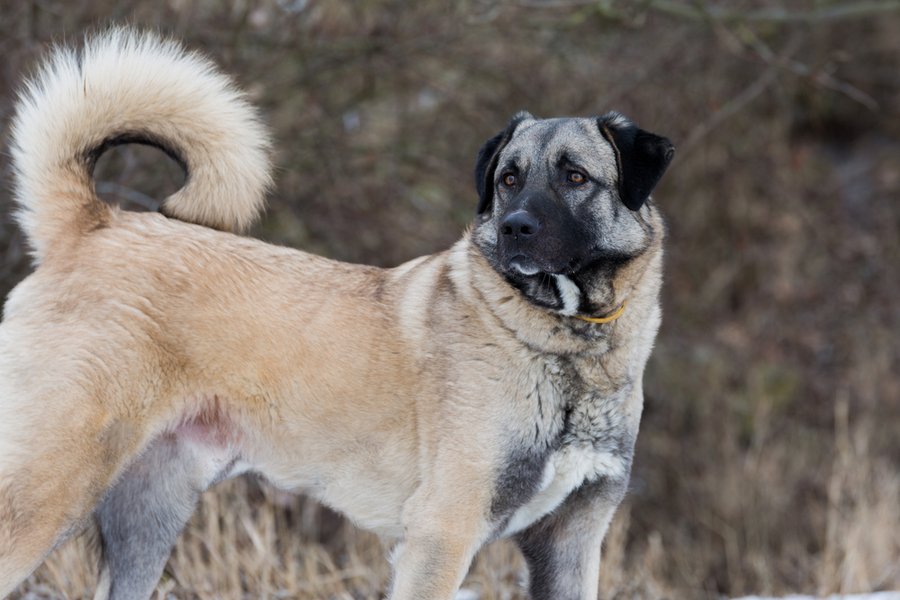
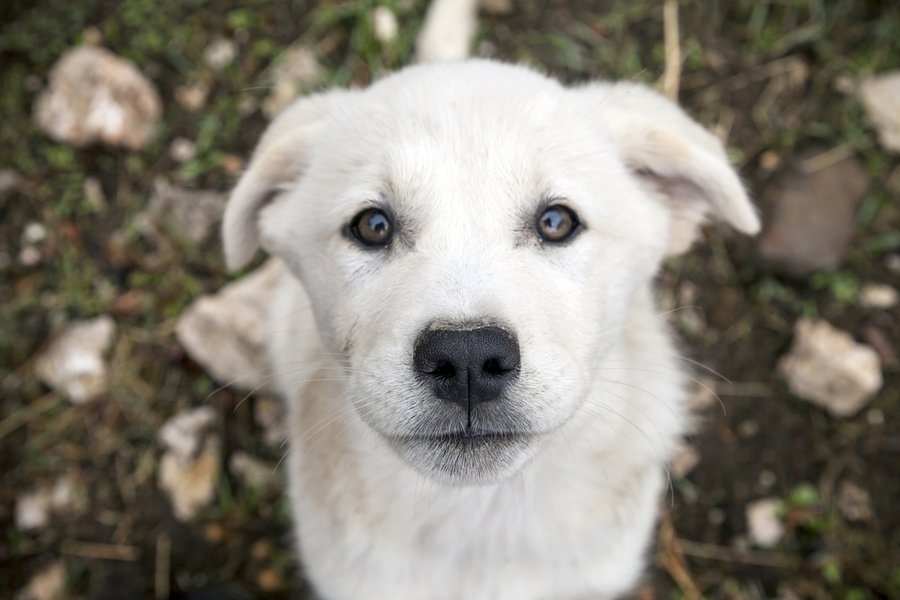
The Anatolian Shepherd is generally a robust breed. However, due to their size and build, they are prone to developing certain health problems. Always purchase any puppy from a reputable and licensed breeder because they will be able to perform DNA tests to check for any underlying health concerns.
Some of the more common health issues seen in Anatolian Shepherds include:
These playful and high-spirited dogs are the Anatolian Shepherd is affectionate and gentle with all their family members, including children, as long as they have been well trained and socialised from a young age. However, because of their size, they are best suited to homes with older children. Always supervise any interaction between a dog and a child. You should also make sure you teach your children how to appropriately handle and interact with a dog to prevent any unnecessary injuries or aggression.
Anatolian Shepherds must be with an owner that understands their needs. They are not advisable for first-time dog owners because they need consistent firm training from someone confident enough to lead them.
These protective dogs can be wary of strangers and other dogs. So, the best chance for them to be accepting of other dogs and pets under one roof is to raise them together from puppyhood. As they grow together, the Anatolian Shepherd will naturally accept them as part of their pack.
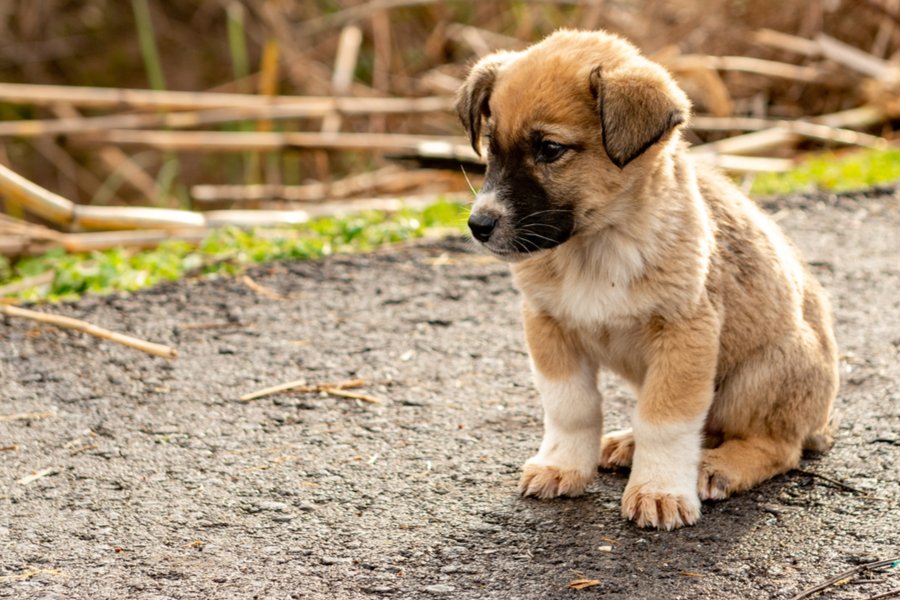
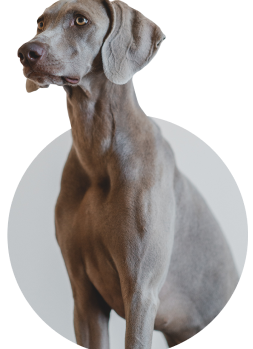
We can connect you with Breeders that are specialized in this particular breed.
See available puppies

Need some advice?
Whether you're a first time pet owner, an experienced pet owner, a new or long-time breeder, or just curious about pets, we've got you covered!
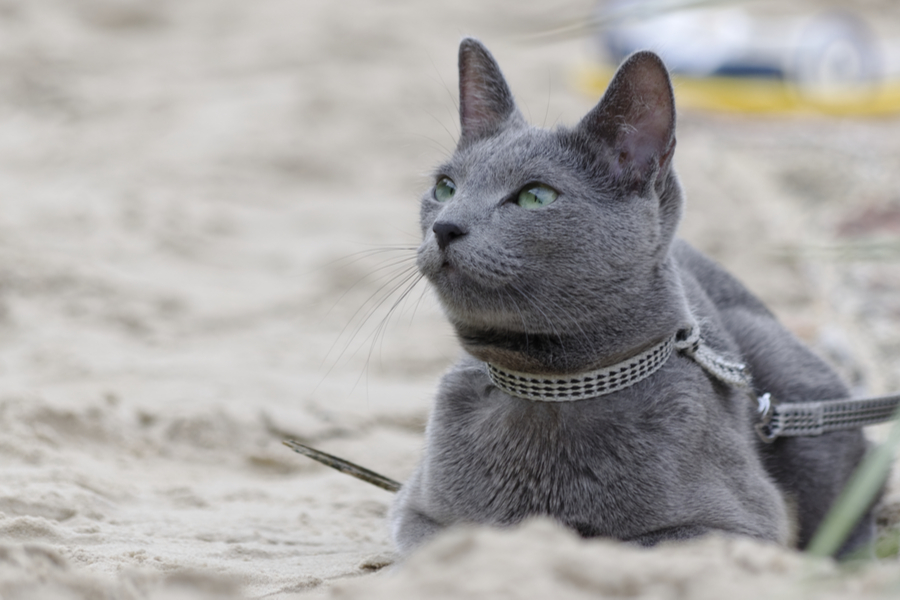
January 17, 2024
What Is The Personality Of Russian Blue Cats?
Russian Blue cats are most known for their distinctive shimmery blue-silver coat and piercing green eyes. However, this breed’s calm and gentle temperament is what makes them shine the most in the feline world.
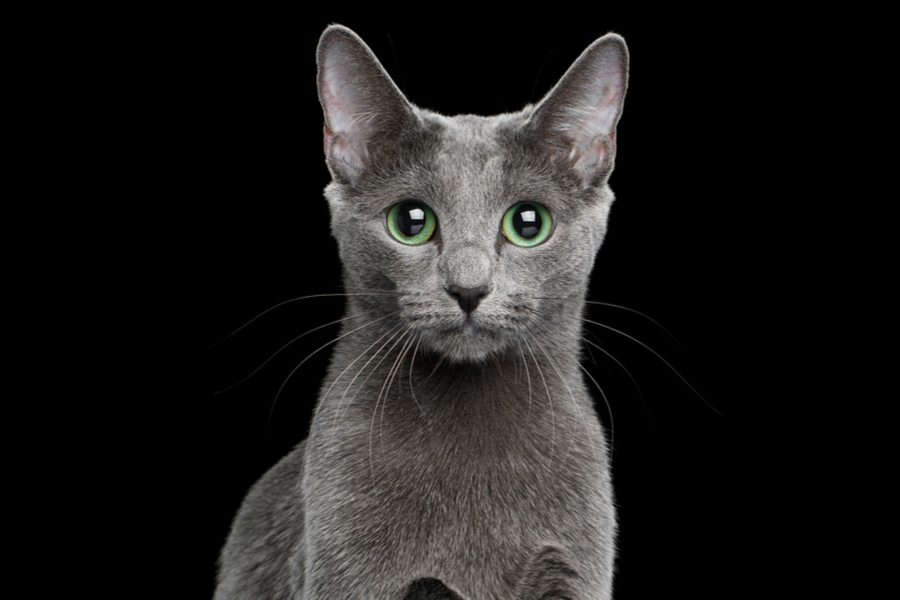
January 17, 2024
10 Facts About Russian Blue Cat Breed
Russian Blues are one of the most aesthetically stunning cat breeds, with a gorgeous plush silvery coat and vibrant green eyes. However, it’s not only their appearance that is beautiful; their nature is too.
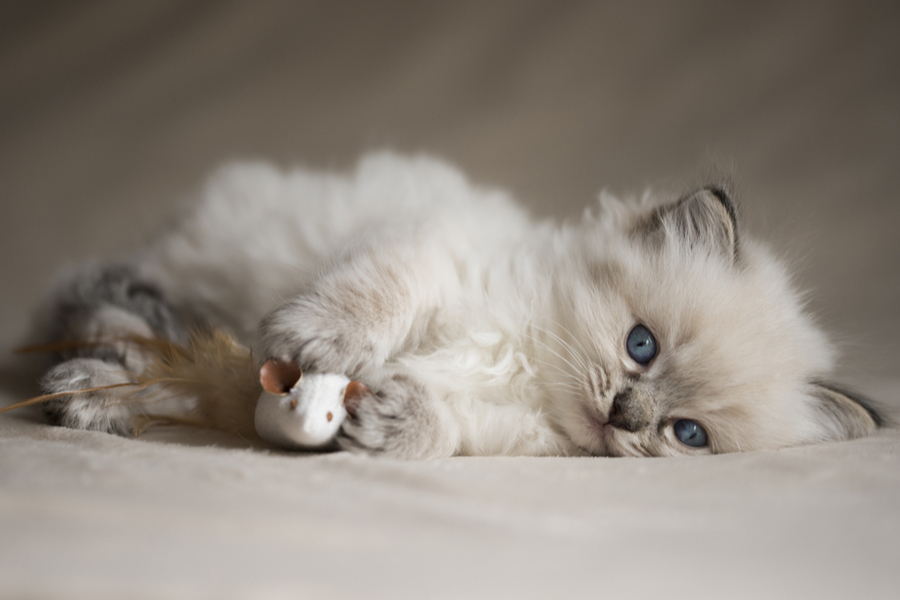
January 17, 2024
How To Choose The Right Cat Breed for You
Cats can make the most fantastic animal companions; they are adorable, friendly, and loving. However, not all felines are created equal. There are many different breeds, of which each has its unique personality traits.
Need some help?
Contact us to speak to our friendly advisor, who will gladly help you find your dream pet!



We are registered in England and Wales under registration number 12568840,
and our registered office is at 58-60 Kensington Church Street, W8 4DB London, England.
© 2023 The Pedigree Paws